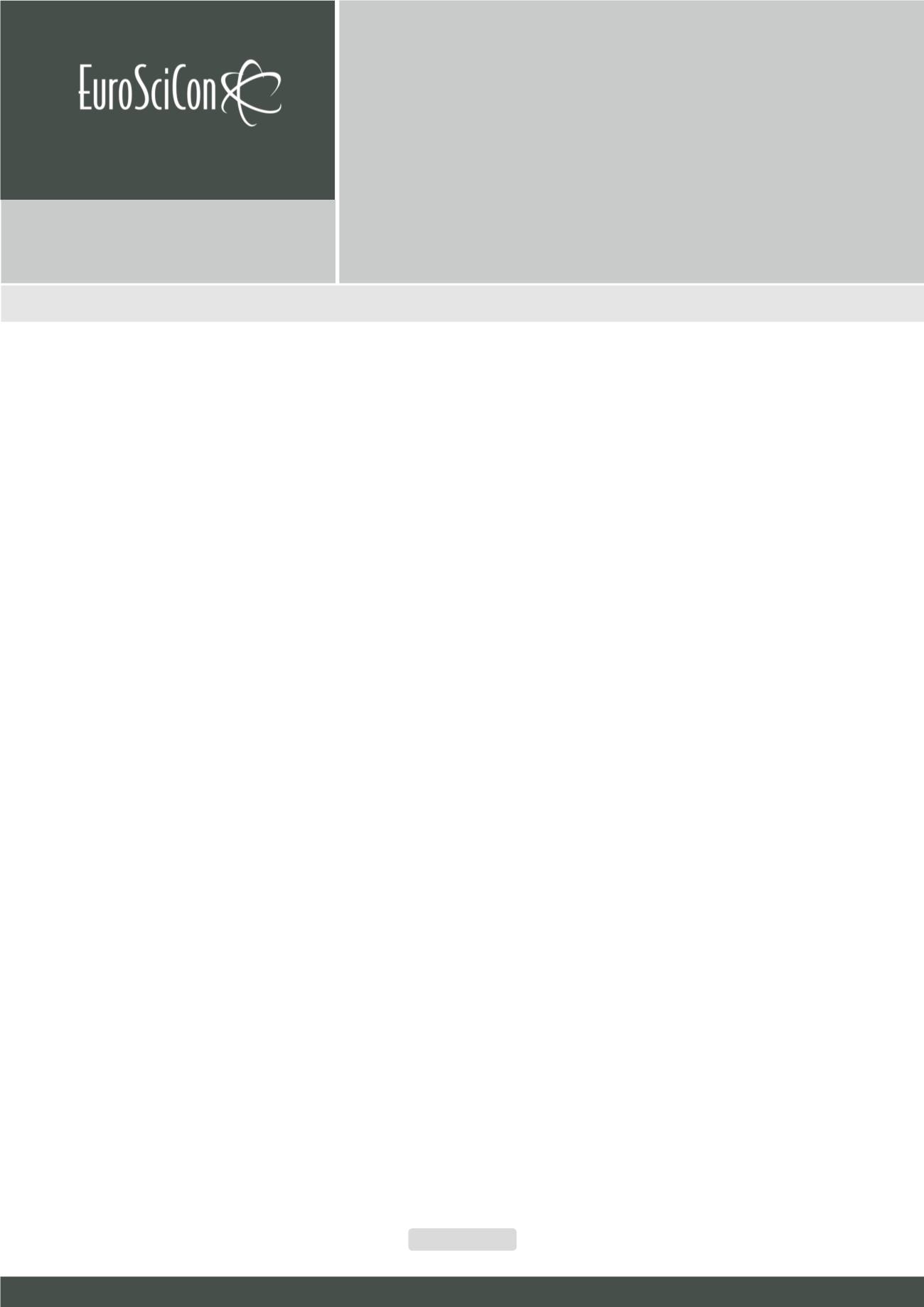

Page 83
Nano Research & Applications
ISSN 2471-9838
E u r o S c i C o n C o n f e r e n c e o n
Nanotechnology &
Smart Materials
O c t o b e r 0 4 - 0 6 , 2 0 1 8
Am s t e r d a m , N e t h e r l a n d s
Nanotechnology & Smart Materials 2018
A
n important aspect of the smart structures concept is the automated structural health
monitoring in various operational environments. The present research work focuses
on a technique to identify damage sources in space frame structure. The first step is
performed by solely analysing the acceleration time histories recorded from the space
frame structure. The procedure selects a reference signal which is close to obtained
signal from the signals recorded when the structure is undamaged. Second, a prediction
model is constructed from the selected reference signal in the damaged structure. Then,
the residual error is defined and used to identify damages in the structure. This approach
is based on the evidence that if there were damage in the structure, the estimation model
previously identified using the undamaged time history would not be able to replicate
the newly obtained time series measured from the damaged structure. In addition to,
the increase in residual errors would be maximized at the sensors instrumented near the
actual damage locations. The performance of present technique is implemented using
acceleration time histories obtained from a space frame structure
Biography
Mohammad Tahaye Abadi is currently serving as an Associate
Professor of Mechanical Engineering. He received his PhD
from Amirkabir University of Technology (formerly called
Tehran Polytechnic), Iran in 2003. His research interests include
composite materials, material characterization, viscoelastic
materials, shock and vibration and structural health monitoring.
abadi@ari.ac.irStructural health monitoring based on wave propagation
pattern in space frame structures
Mohammad Tahaye Abadi
Aerospace Research Institute, Ministry of Science, Research and Technology, Iran
Mohammad Tahaye Abadi, Nano Res Appl Volume:4
DOI: 10.21767/2471-9838-C6-024
















